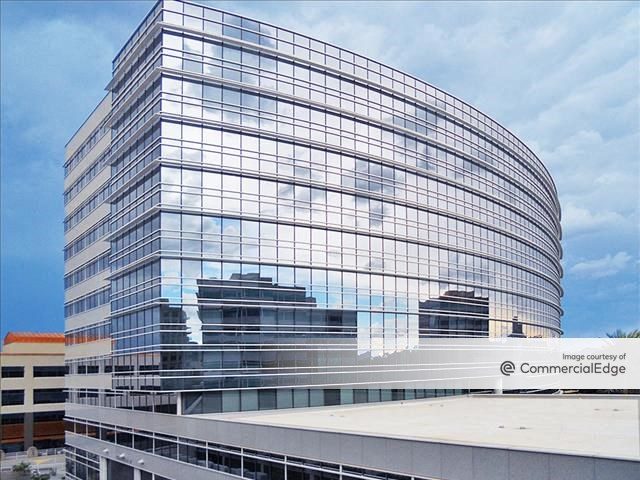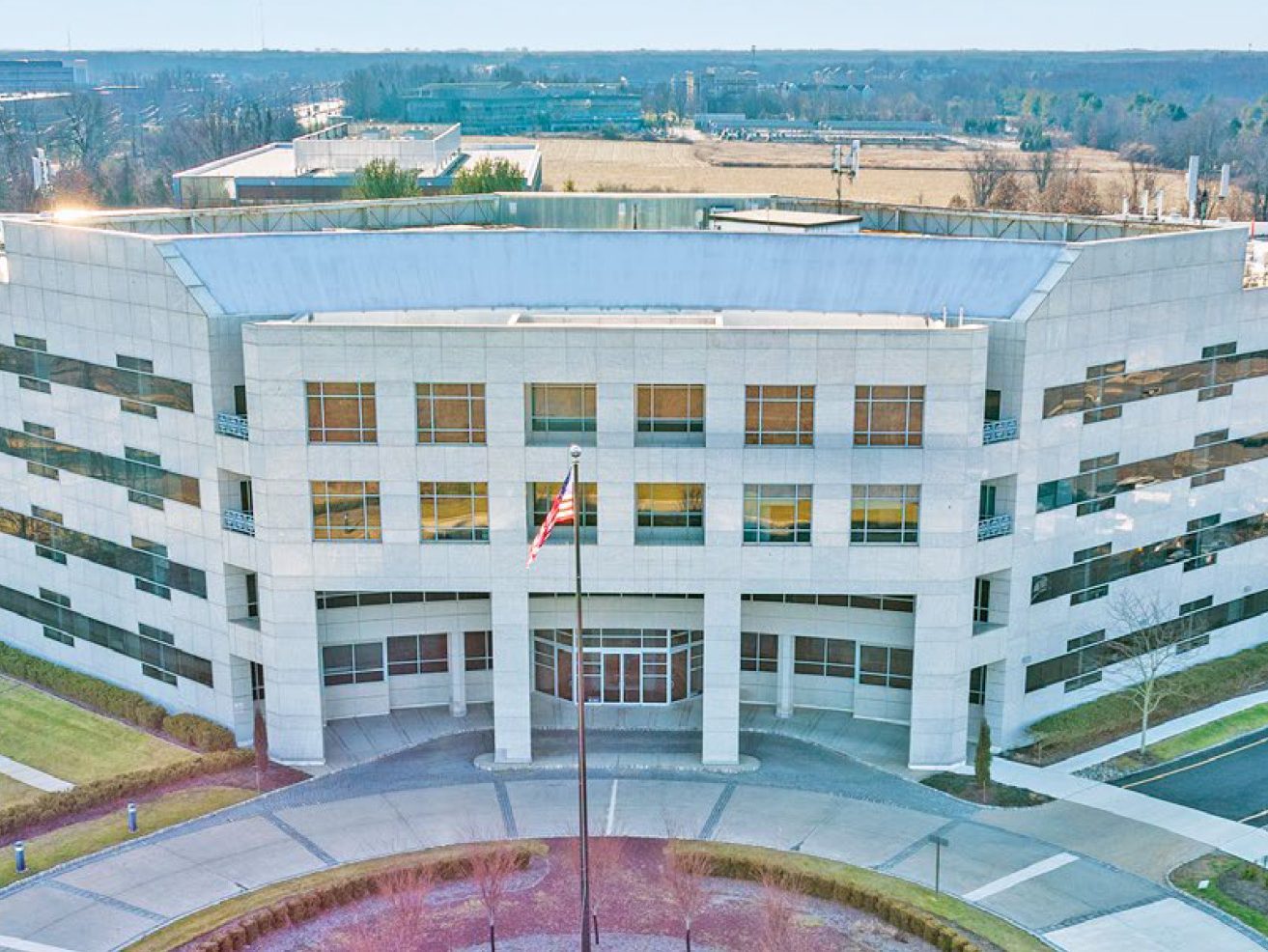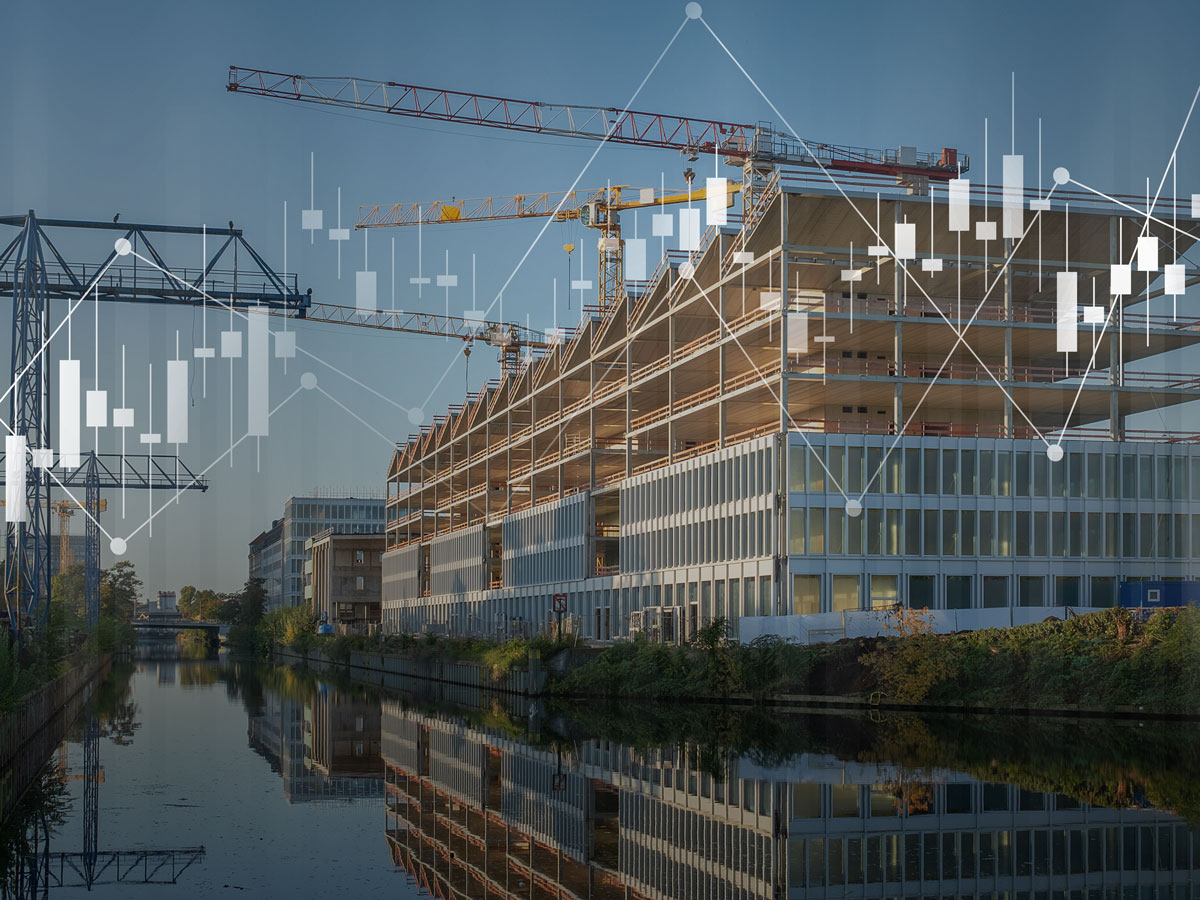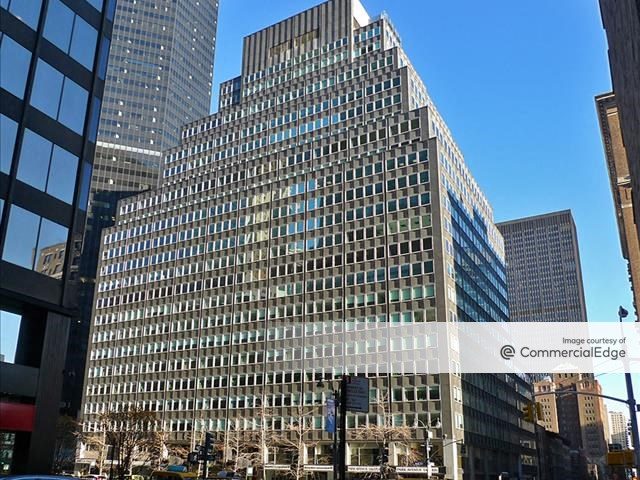What to Expect From CRE Valuations
BDO USA's Bob Martinek and John Provenzano examine current commercial real estate valuations and reveal which sectors they believe still have room for growth.
By Alexandra Pacurar

John Provenzano, BDO USA
As commercial property valuation growth continues strong, the Federal Reserve Bank has warned that prices may be inflated. Despite the concern-inducing Fed reports, industry insiders see no reason to worry. Bob Martinek and John Provenzano, directors in BDO USA’s Valuation and Business Analytics practice, believe that current CRE valuations appear to be supported by available market evidence. The two revealed the factors that will influence pricing going forward and how valuations are performing in various markets and property types.
CPE: What can you tell us about the current growth of commercial real estate valuations?
Martinek: Commercial valuations in major markets, including New York, Washington, D.C., San Francisco and Chicago, have continued at a steady pace, and we have seen little if any slowdown in these major markets. Activity and new construction starts in secondary and tertiary markets, on the other hand, continue to remain low.
While CRE prices are high in prime markets, we haven’t seen evidence of overvaluation. The key distinction between high prices and overvalued assets is whether buyers’ appetites have held strong. If a buyer is willing to pay a certain price for a building, and market data and supporting documentation indicates that that the purchase price is supported, then we wouldn’t consider the property to be overvalued.
CPE: What are the factors influencing valuations?
Martinek: The major factors influencing valuations are creditworthiness of tenants, lease terms and interest rate increases.
CPE: How exactly will the expected interest rate increases impact CRE valuations?
Provenzano: There is always a direct correlation between interest rates and commercial real estate values. As it becomes more expensive to borrow money, property values decline. The general consensus in the industry is that interest rates and cap rates will rise in the future, and that this will lead to lower commercial real estate values.

CPE: What should we expect from CRE prices in the near term?
Provenzano: Within the primary markets, we would expect steady pricing as investors are seeking quality properties in quality markets with quality tenancy. In secondary and tertiary markets, we would expect continued stagnation. The apartment market remains strong, while the office market continues to outpace the retail market in terms of rents and vacancies.

Robert Martinek, BDO USA
CPE: Recently, the Federal Reserve Bank noted that CRE valuations are inflated. Are we really seeing decreases in capitalization rates and increases in yield rate expectations or is this just a precautionary method?
Martinek: It truly depends on the asset and the market. Where capitalization rates are decreasing is in the prime markets—places like San Francisco and Seattle—where buyer activity is concentrated. Outside of those real estate hubs, in the secondary and tertiary markets, we haven’t noted a decrease in cap rates overall.
When you look at specific asset classes, valuation trends differ as well. In the suburban office market, for instance, prices and buyer interest haven’t recovered since the downturn in 2007, unlike the price increases seen with premiere assets.
It’s also important to note that valuation decreases lag the market and don’t necessarily show up until the following quarter. Current commercial real estate valuations appear to be supported by the most recent market evidence available.
CPE: How do valuations differ across various segments and regions of the CRE market?
Provenzano: Primary markets have strongly outpaced secondary markets, which have, in turn, outpaced tertiary markets. The strongest sectors continue to be multifamily, student housing and self-storage. Industrial and office markets also continue to outpace retail and hospitality.
Images courtesy of BDO USA







You must be logged in to post a comment.